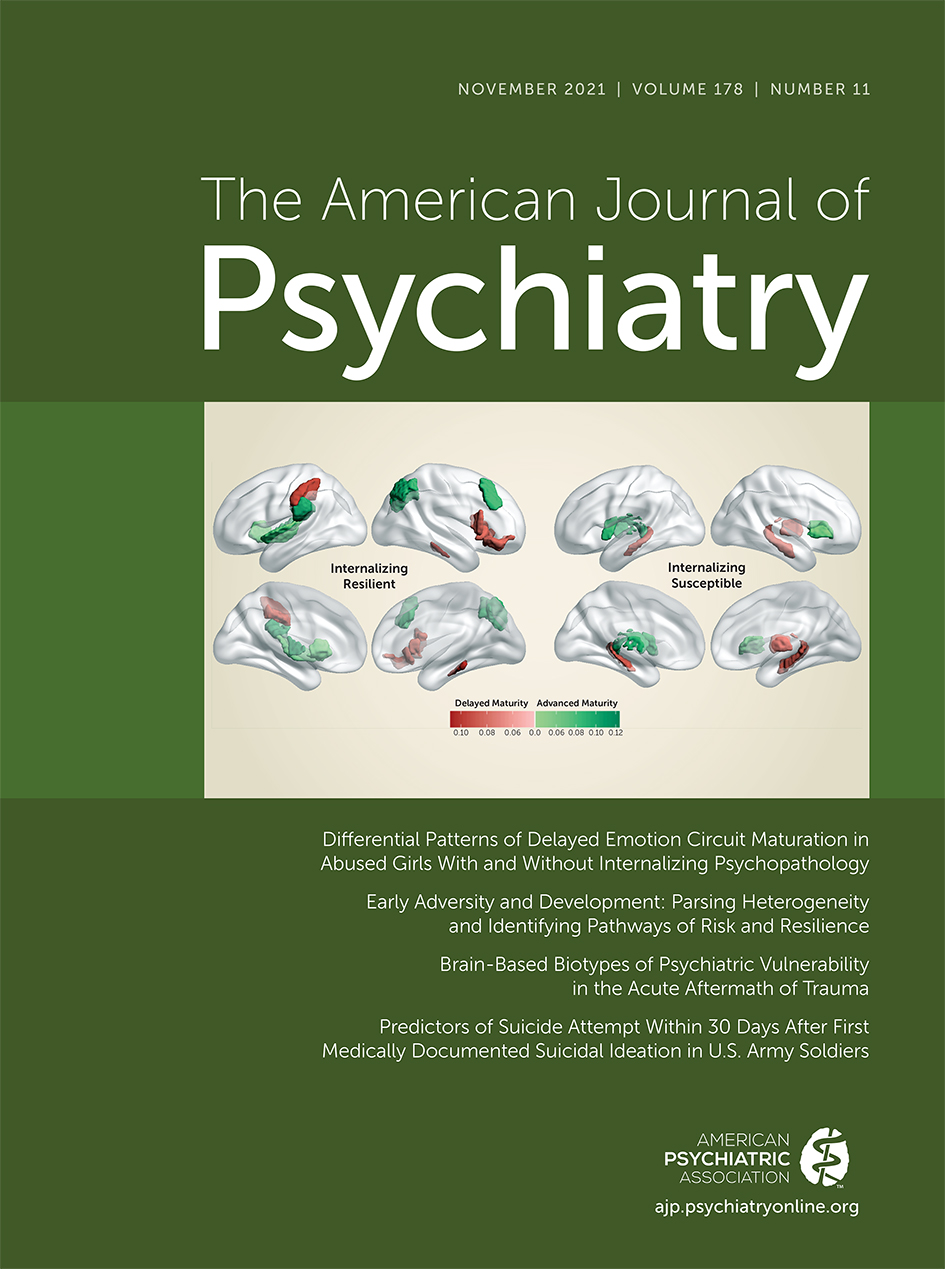On the Genetic and Environmental Relationship Between Suicide Attempt and Death by Suicide
Abstract
Objective:
The authors examined the extent to which the genetic and environmental etiology of suicide attempt and suicide death is shared or unique.
Methods:
The authors used Swedish national registry data for a large cohort of twins, full siblings, and half siblings (N=1,314,990) born between 1960 and 1990 and followed through 2015. They conducted twin-family modeling of suicide attempt and suicide death to estimate heritability for each outcome, along with genetic and environmental correlations between them. They further assessed the relationship between suicide attempt by young people compared with adults.
Results:
In bivariate models, suicide attempt and death were moderately heritable among both women (attempt: additive genetic variance component [A]=0.52, 95% CI=0.44, 0.56; death: A=0.45, 95% CI=0.39, 0.59) and men (attempt: A=0.41, 95% CI=0.38, 0.49; death: A=0.44, 95% CI=0.43, 0.44). The outcomes were substantially, but incompletely, genetically correlated (women: rA=0.67, 95% CI=0.55, 0.67; men: rA=0.74, 95% CI=0.63, 0.87). Environmental correlations were weaker (women: rE=0.36, 95% CI=0.29, 0.45; men: rE=0.21, 95% CI=0.19, 0.27). Heritability of suicide attempt was stronger among people ages 10–24 (A=0.55–0.62) than among those age 25 and older (A=0.36–0.38), and the genetic correlation between attempt during youth and during adulthood was stronger for women (rA=0.79, 95% CI=0.72, 0.79) than for men (rA=0.39, 95% CI=0.26, 0.47).
Conclusions:
The genetic and environmental etiologies of suicide attempt and death are partially overlapping, exhibit modest sex differences, and shift across the life course. These differences must be considered when developing prevention efforts and risk prediction algorithms. Where feasible, suicide attempt and death should be considered separately rather than collapsed, including in the context of gene identification efforts.



